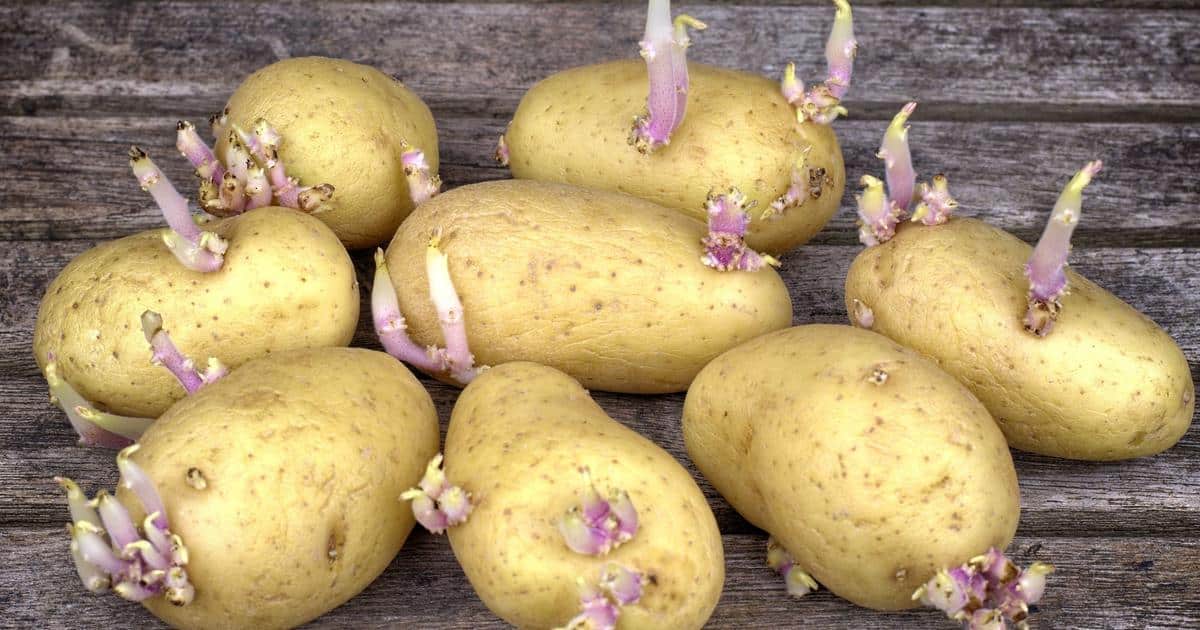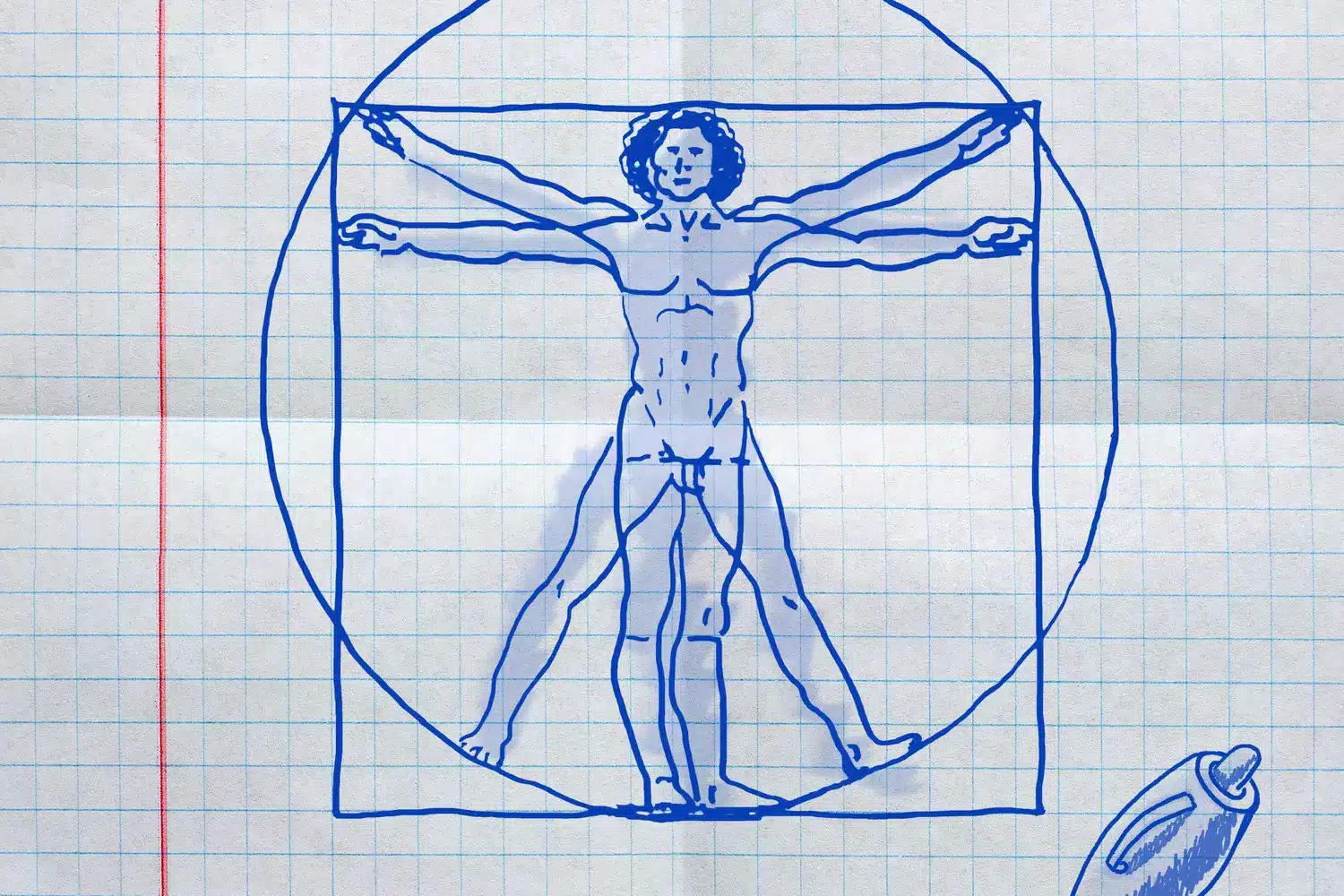The world of kitchen hacks is full of old wives’ tales, but sometimes a tip passed down through generations truly stands out. One such classic piece of advice from grandma involves adding an apple to potatoes when storing them in the pantry. At first glance, this apple-potato trick might seem odd, yet many claim it helps prevent sprouting. Let us explore how this method works and why it can be effective—at least for a limited time.
Why do potatoes sprout during storage?
Sooner or later, anyone who stores potatoes notices small shoots appearing. These sprouts not only affect taste and texture, but also signal that potatoes are converting their starch reserves into energy for new growth. Understanding the reasons behind sprouting is crucial before looking at solutions.
Potatoes typically stay dormant for several weeks after harvest. However, exposure to warmth, high humidity, or light can trigger sprouting. Another important factor is ethylene gas, which plays a big role in ripening and aging processes for many fruits and vegetables, including potatoes.
How does ethylene gas affect potatoes and apples?
Apples release gas—specifically ethylene—as they ripen. Potatoes also produce ethylene, though usually in lower amounts. This natural plant hormone influences how crops develop and age during storage.
Ethylene acts as a messenger within plants, signaling when to begin aging or sprouting. In some situations, low levels can help maintain dormancy, while higher concentrations—especially if combined with heat and moisture—may actually encourage sprouting. The effect depends on timing and the surrounding environment.
Why does placing apples among potatoes seem effective at first?
The secret to the apple-potato trick lies in the initial reaction of potatoes to a gentle dose of ethylene. When exposed to a steady but mild flow from an apple, potatoes may delay breaking dormancy. Some believe that this subtle message tells tubers to remain inactive, slowing the urge to sprout—at least temporarily.
In practice, those who store potatoes with an apple in a cool, dark place often see fewer sprouts in the first few weeks. While the benefit is short-lived, these extra days can make a difference for home cooks managing their supplies.
When does the trick backfire and accelerate sprouting?
After this early phase, continued exposure to ethylene overwhelms the potato’s dormancy mechanism. Instead of staying dormant, potatoes start receiving signals to grow. As a result, more sprouts appear faster than if no apple had been present.
This makes the apple-potato trick a double-edged sword: what begins as a solution can soon lead to the very problem one hoped to avoid. For long-term storage, caution is advised if relying solely on this method.
What is the best way to store potatoes?
No matter which approach is chosen, some basic guidelines always help extend potato shelf life. Creating the right environment slows sprouting and prevents rot, reducing dependence on tricks like the apple-potato method.
Avoiding certain pairings in storage is also essential. For example, onions accelerate sprouting and spoilage when kept near potatoes. Other climacteric fruits that emit ethylene, such as bananas and pears, should also be stored separately.
- Select firm, blemish-free, freshly harvested potatoes whenever possible.
- Use a breathable basket, paper bag, or cloth sack rather than airtight containers.
- Store potatoes in a cool, dark place—ideally around 45–50°F (7–10°C).
- Keep potatoes away from onions and other ethylene-producing fruits.
- Check regularly for soft spots or signs of sprouting to address issues early.
Does the apple-potato trick offer a real benefit for preventing sprouting?
For short periods, the apple-potato trick can indeed provide noticeable results when aiming to keep potatoes from sprouting quickly. The ethylene released by apples appears to suppress premature sprouting, especially in newly harvested, dormant potatoes. However, its effect fades over time, making this trick a temporary solution.
Ethylene can act both as a helper and a hindrance. Apples initially slow changes in potatoes, but later, the same gas prompts tubers to start growing. Anyone using this method benefits most by watching their potatoes closely. At the first sign of sprouting, removing the apple or switching strategies helps prevent further losses.
Is there a risk involved with repeated use of this method?
Regularly mixing apples and potatoes over extended periods may worsen sprouting. If straight, vigorous shoots appear earlier than expected, ethylene has shifted from inhibiting to promoting growth. Timing and careful observation are key—use the trick only for fresh potatoes and for brief intervals.
This method cannot replace well-designed storage conditions. Ensuring good airflow, darkness, and moderate temperatures remains the foundation for keeping potatoes fresh. Rotating storage techniques may yield better results than continually relying on apples.
Are there safer alternatives to using ethylene-producing fruits?
Many prefer simple habits, such as buying smaller quantities more frequently or choosing sprout-resistant varieties. Shielding potatoes from sunlight and excess heat is the safest, most reliable strategy. Some people add dry straw to control humidity and preserve freshness without amplifying ethylene effects.
Others periodically air out their potatoes or move them to colder areas once winter arrives. Each added step helps delay sprouting and extends the useful life of stored potatoes.
What about combining multiple techniques for the best results?
Storing potatoes often requires a bit of experimentation. Trying different methods—alternating between the apple trick and strict separation from all fruits—can reveal what works best for each household and season.
Consistent monitoring pays off. Since apples release gas that reacts differently depending on temperature, potato maturity, and storage duration, checking potatoes weekly helps identify the perfect moment to adjust tactics. Combining a cool, dark location with occasional use of apples offers flexibility for solving storage challenges.
Key takeaways for those looking to prevent potato sprouting
Anyone seeking simple, affordable ways to extend potato shelf life might find value in the apple-potato trick. Drawing on genuine plant chemistry, this method has proven itself across generations. However, understanding its short-term nature prevents disappointment. Pairing this trick with proven storage practices brings the best results—and reduces wasted potatoes.
One lesson is clear: onions accelerate sprouting when placed near potatoes, while apples can temporarily prevent it. Mastering the balance between storage location, produce selection, and creative interventions provides smart solutions to everyday kitchen challenges.








